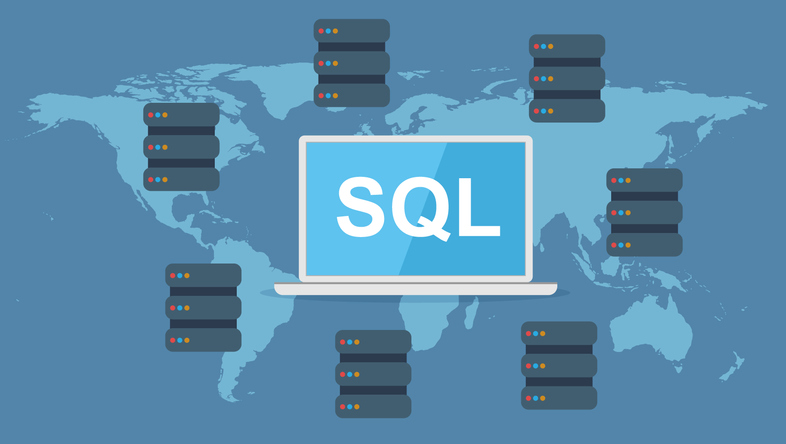3 min read
Maximizing Data Efficiency: The Role of SQL Views
In the fast-paced world of data analysis and database management, professionals constantly seek tools and methodologies that streamline workflows,...
3 min read
![]() The Amazing Team at Skills Data Analytics
:
May 6, 2024 12:25:02 PM
The Amazing Team at Skills Data Analytics
:
May 6, 2024 12:25:02 PM
Have you ever spent hours analyzing data, only to realize that minor inaccuracies have led you down the wrong path? The disappointment is akin to following a flawed recipe and ending up with a culinary disaster. In the realm of data management, ensuring accuracy and reliability is not just beneficial; it's imperative for making sound decisions. This blog will dive deep into the world of data validation, exploring essential techniques that help maintain data quality. You'll gain insights from industry case studies and receive practical advice on applying these methods to your own work, making your data-driven decisions more robust and reliable.
Data validation is the first line of defense against data corruption and inaccuracies. It involves various checks and balances to ensure that the input data adheres to the expected standards of quality and format. Here are some common techniques:
Consider the case of an e-commerce giant that faced challenges with customer address data inconsistencies, leading to delivery mishaps and lost revenue. By implementing stringent format checks and consistency validations, they not only improved their delivery success rate but also enhanced customer satisfaction significantly.
The presence of inaccurate records can skew analysis and lead to faulty conclusions. Addressing these inaccuracies involves a clear strategy:
In my experience working with a nonprofit's donor database, we discovered numerous duplicate records. After assessing the situation, we decided to merge records where possible and delete redundancies. This cleanup not only streamlined our operations but also improved our outreach efforts, showing how crucial regular data maintenance can be.
Incorporating data validation into daily operations can significantly enhance the accuracy of your analyses and reports. Here are some tips:
With advancements in technology, automated data validation tools have become more accessible. These tools can perform complex checks and manage large volumes of data efficiently, making them indispensable for businesses that rely heavily on data accuracy.
Data validation is more than a technical necessity; it's a strategic imperative that underpins reliable decision-making. By mastering the techniques outlined above, you can ensure that your data serves as a robust foundation for your projects and business decisions. Remember:
As you refine your approach to data management, consider exploring further educational opportunities, such as our Data Analysis Bootcamp, to enhance your skills and career prospects.
Also Read: Data Mining Techniques and Applications
For further exploration of data analysis and analytics, check out our bootcamp program on Data Analytics.
FAQs:
What is the primary goal of data validation? The primary goal is to ensure accuracy, completeness, and reliability of the data in a database or a dataset.
Why is it sometimes better to delete inaccurate data? Deleting data can be more efficient if it is irrelevant, outdated, or if correcting it requires disproportionate resources.
How does data validation affect business decisions? Accurate data leads to reliable analysis, which in turn supports sound business decisions and strategies.
What frequency is ideal for data validation? Data validation should be an ongoing process, integrated into daily operations to catch issues as they arise.
Can you recommend some tools for data validation? Tools such as Talend, Data Ladder, and SQL-based scripts are popular for performing various data validation tasks.

3 min read
In the fast-paced world of data analysis and database management, professionals constantly seek tools and methodologies that streamline workflows,...

4 min read
Navigating the world of databases can feel like learning a new language, but the power you harness after mastering it is immense. Imagine being able...

3 min read
Exploring the Relevance of Data Analytics Courses in the USAIntroduction:Data analytics has emerged as a critical field, with growing demand for...